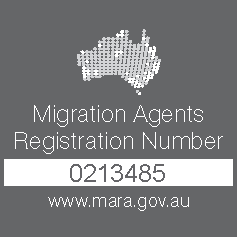The federal and state governments have put quite a bit of emphasis on regional migration. The introduction of immigration programs such as Designated Area Migration Agreements (DAMA) and Skilled Regional Visas have supported regional migration. While in theory these initiatives and regional migration as a whole sound like a great plan, what happens when it doesn’t work?
All of Tasmania, South Australia and the Northern Territory are considered regional under Australia’s immigration program. The federal and state governments are pushing migrants to these areas where the population is declining to help fill labour shortages and encourage economic growth. This also relieves the pressure on the major cities and their infrastructure. But is it well thought out? Are there jobs available for the people migrating there? While in general a lot of these regional areas have job availability, are they the right jobs for these people?
It seems that regional migration in some cases hasn’t really been thought out. Currently, Australia’s immigration program encourages migrants to move to regional areas through the allocation of visas. As outlined in previous articles, many visas require migrants to meet certain visa conditions. In most cases, migrants need to commit to living and working in a regional area for a set number of years which can then lead to permanent residency.
Many experts in this area believe that Australia’s immigration program is flawed. They feel these programs are focused on supplying people to regional areas, but no one has taken the time to ascertain if there is a demand for more people. It’s not exactly fair to push migrants with skills and qualifications to areas where there are inadequate job opportunities for them.
A perfect example of this is Apple Wang. Apple is a trained accountant who studied in Melbourne. She moved from China to Tasmania on a Skilled Regional Visa on the advice of her migration agent. As part of her visa obligations she was required to stay in Tasmania for a minimum of two years. A lack of job prospects, limited housing options and the high cost of living, made living in Hobart quite difficult. After nine months of looking for a job in her field in Hobart without success, she was forced to drive for Uber to make ends meet. Apple eventually managed to find a job in her field, but she had to move to Adelaide, which is also considered regional Australia.
Is it fair that someone like Apple, who has paid thousands of dollars in fees to the Government and her migration agent to obtain her visa, suffers this hardship?
Apple’s story further supports the argument that regional migration isn’t always the best solution especially when migrants cannot economically support themselves in these areas.
Is there any benefit to sending someone who has trained for years to become highly qualified in their field to a regional area where their expertise is wasted due to a lack of employment opportunities?
If you have any questions about regional migration and need expert advice, speak to one of the VSA team today. It is a complex subject, so it is important to speak with someone in the know.







